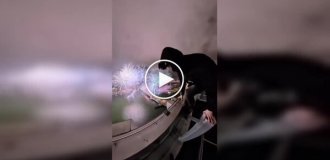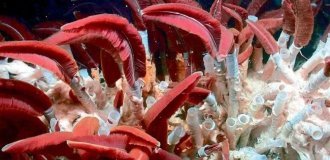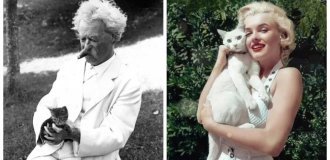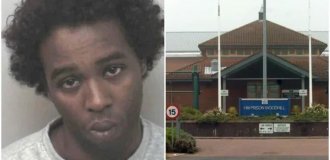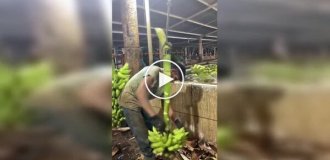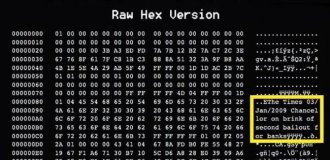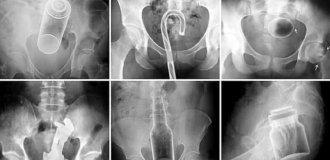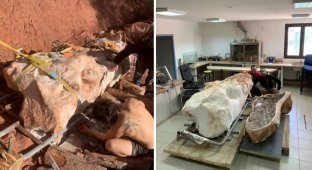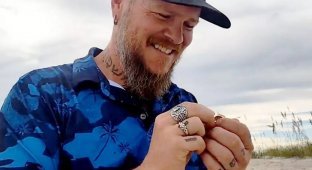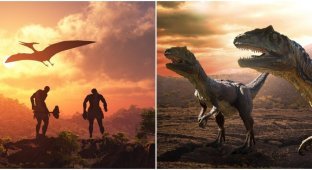The unusual burial of Joseph Barratt - a dinosaur lover and a versatile genius (9 photos)
Joseph Barratt was a 19th-century physician and scholar from Middletown, Connecticut. He made significant contributions to the study of natural history, especially the tracks left by dinosaurs and other ancient creatures. 
Eclectic naturalist 
Joseph Barratt
Barratt was born in 1796 in Derbyshire, UK. He received two medical degrees in 1819 and subsequently emigrated to the United States. There he became a surgeon and professor at the American Literary, Scientific and Military Academy.
Although medicine became this man’s true vocation, he turned out to be a versatile researcher. His other interests included botany, geology, history, paleontology, and Native American languages. 
Fossil of Hypsognathus fenneri, one of the inhabitants of Connecticut from the Triassic period
The Connecticut Valley, in the area where the doctor lived, is known among paleontologists for a large number of fossilized traces left by dinosaurs and other prehistoric animals that lived in the Triassic and Jurassic periods. In the century before last, the scientific community drew attention to these traces, and Barratt became so passionately interested in them that the hobby remained until the very end of his days. 
Professor Edward Hitchcock
He searched and collected specimens from local sandstone quarries and sent some of them to Professor Edward Hitchcock of Amherst College. During that period of time he was the leading expert on trace fossils in the Connecticut Valley. Barratt developed some pretty creative ideas about the characters who left their mark on the roads of history. One of the rather crazy versions was the assumption of ancient four-legged people. 
The fossils that Professor Hitchcock acquired from Dr Barratt and called "the crown jewel of his cabinet"
In the middle of the century before last, it was unknown which animals left traces. And many researchers, including Hitchcock, believed that these could be giant frogs, marsupials, alligators or birds unable to fly. However, even among these oddities, Barratt's hypothesis about Homo tetradactylus seemed outlandish.
Subsequently, Barratt became increasingly extravagant. His apartment began to resemble, in the words of one friend, a “magician’s laboratory,” filled with minerals, stones, tomes, fossils, skeletons, stuffed animals, herbariums, preserved brains in jars and other natural curiosities. 
Dr. Barratt's grave in Indian Hill Cemetery, Middletown, Connecticut. Sandstone crumbles over time, so part of the slab, unfortunately, broke off
Eventually, Barratt's mental health deteriorated so much that he was committed to a mental hospital, where he died of a stroke in 1882. To celebrate Barratt's scientific curiosity and his contributions to paleontology, his friends brought back two slabs of sandstone from a nearby quarry to serve as his burial monument. 
Dinosaur tracks
On the vertical stone on which the doctor's name is carved, there are several dinosaur footprints on the reverse side. On the second slab, on top of which the first rests, are fossil prints of two Jurassic trees and the inscription “Evidence of the Rocks” - the symbolic title of a book by Hugh Miller, a Scottish geologist who enjoyed enormous influence at that time. 
Tree prints 
"Testimony of the Rocks"

